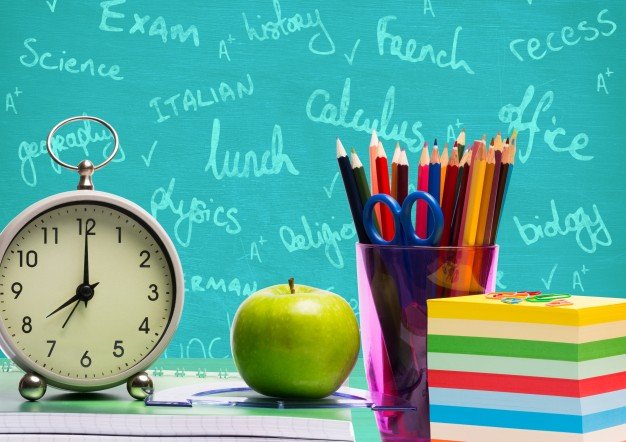The word critical can be described in other terms such as evaluating something or analysis of something.
Technically what is critical to help thinking? – it is one’s ability to or evaluate or to think clearly and rationally of certain logical ideas and to establish connections between them. It is kind of engaging yourself in reflective and independent thinking.
Critical thinking helps you to empower yourself to do more and succeed. Practicing critical thinking means to step away from certain beliefs to indulge or to accommodate new ideas and knowledge into yourself. This skill is a versatile process.
Critical thinking also had been a great subject of debate since the early period and still, it exists in the modern period. Basically, Critical thinking requires your ability to find a solution or some reason for some problem. It is all about being an active learner than being a passive recipient of information. The problems are to be solved systematically not by instincts.
BENEFITS OF BEING A CRITICAL THINKER
- Can establish logical connections.
- Recognize build, appraise arguments.
- Can easily recognize the errors in reasoning.
- Have the ability to approach systematically towards any problem
- Can provide Valid reasons.
- Tries to maintain consistency throughout.
In all the arenas whether its a business or an essay writing, research, finance, and management, education or legal profession .we need to think outside the box. One needs to have a different perception or different ideas. One need to think in such a way that we can arrive at a solution efficiently.
IMPORTANCE OF CRITICAL THINKING IN ECONOMY :
The global knowledge economy is driven by information and technology and it changes quite rapidly. To cope up with the changes and that too efficiently one has to be quick to arrive at a conclusion.
CRITICAL THINKING IMPROVES CREATIVE SKILLS TO A GREAT EXTENT :
Sometimes critical thinking is not just about furnishing new ideas but how you are representing it to solve the given problem.
CRITICAL THINKING IN SELF EVALUATION :
For leading a proper and meaningful life we have to structure our lives accordingly. We need to understand, justify and reflect on our own ideas, values, and decided that we make or take.
We all can think and can come to some conclusion but what if it is a fuzzy or full of flaws kind of thought? As a result, the conclusion or your answer for the given problem is not a correct one to apply.
WAYS TO DEVELOP CRITICAL THINKING SKILLS
- Value objective reality – Thoughts can only be effective when it is based on reality.
- Broadminded – Being narrow and fickle-minded restricts one from being creative. Restricted in just a few ideas can lead nowhere in this field. So one has to be open-minded as well as bold.
- Cultivate intellectual curiosity – The world has so much to offer us that one’s curiosity can never end rather it can just increase. Curiosity is the broad thought of a mind to indulge yourself in reality and you are not afraid to face the unknown to grasp new knowledge. Learning is an adventure which you must set yourself in.
- Thoughtful consistency is a hallmark of careful and thorough thinking of certain conditions or situations.
- Practice empathy – until and unless you are aware of the situation or ever had not been in such a condition one should not pass any sort of judgment. A little empathy can facilitate a deeper insight into other’s behavior. The deeper you insight into yourself and others the final decision will be wiser.
Critical thinking thus helps you analyze certain situations out of your comfort zone sometimes.
Read Also :






















